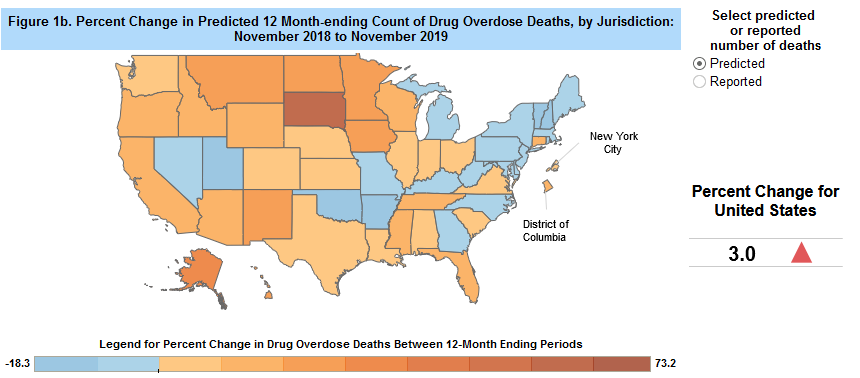The CDC, Opioids and Cancer Pain
/By Roger Chriss, PNN Columnist
In 2016, the Centers for Disease Control and Prevention issued its controversial opioid prescribing guideline. Insurers, states and other federal agencies soon followed with mandatory policies and regulations to reduce the use of opioid pain medication. All this was supposed to exclude cancer-related pain care, but in practice that’s not what happened.
Dr. Judith Paice, director of the Cancer Pain Program at Northwestern University’s Feinberg School of Medicine, told the National Cancer Institute in 2018 that the opioid crisis “has enhanced fear — fear of addiction in particular” among both patients and doctors.
“Many primary care doctors no longer prescribe opioids. Oncologists are still prescribing these medications, but in many cases they’re somewhat anxious about doing so. That has led some patients to have trouble even obtaining a prescription for pain medication,” Paice said.
In 2019, the Cancer Action Network said there has been “a significant increase in cancer patients and survivors being unable to access their opioid prescriptions.” One out of four said a pharmacy had refused to fill their opioid prescription and nearly a third reported their insurance refused to pay for their opioid medication.
That same year, CDC issued a long-awaited clarification noting the “misapplication” of the guideline to patients it was never intended for, including “patients with pain associated with cancer.”
Long Term Use of Opioids Uncommon
Cancer pain management in the U.S. has been severely impacted by the CDC guideline, even though rates of long-term or “persistent” opioid use are relatively low and stable:
A major review of over 100,000 military veterans who survived cancer found that only 8.3% were persistent opioid users. Less than 3% showed signs of opioid abuse or dependence.
A study of older women with breast cancer who were prescribed opioids found that only 2.8% were persistent opioid users.
A study of 276 patients with head or neck cancer found that only 20 used opioids long-term – a rate of 7.2 percent.
And a study of nearly 23,500 women with early-stage breast cancer who had a mastectomy or mastectomy found that 18% of them were using opioids 90 to 180 days after surgery, while 9% were still filling opioid prescriptions 181 to 365 days later.
While any sign of opioid abuse or addiction is concerning, these studies show that long-term use of opioid medication is relatively uncommon among cancer survivors. The American Cancer Society says opioids are “often a necessary part of a pain relief plan for cancer patients” and “can be safely prescribed and used” for cancer pain.
Cancer patients and their doctors have been successfully managing opioid risks long before the CDC guideline or associated state laws and regulations. Perhaps it is time for lawmakers, regulators, insurers and pharmacies to learn from the cancer community rather than getting in the way of clinical best practices.
Roger Chriss lives with Ehlers Danlos syndrome and is a proud member of the Ehlers-Danlos Society. Roger is a technical consultant in Washington state, where he specializes in mathematics and research.





